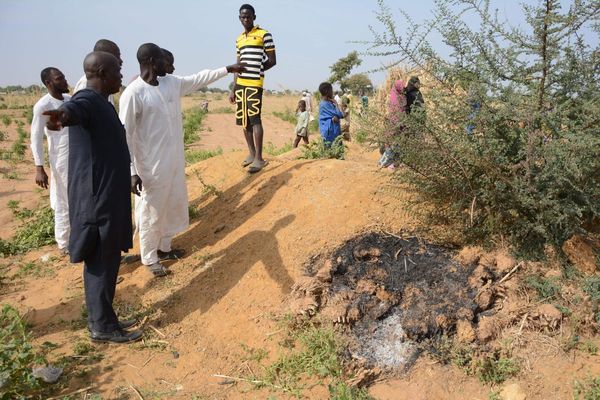A WORLD War Two blast shelter built for workers at an airfield in East Lothian has opened to visitors for the first time in 50 years.
The bomb shelter, located at the former RAF East Fortune near Edinburgh, has opened its doors to give visitors a sense of daily life at the airfield during wartime.
The old airfield used to be used as a fighter station and operational training centre during the Second World War but is now home to the National Museum of Flight.
Ian Brown, assistant curator of aviation at National Museums Scotland, told The Scotsman that the accessible blast shelter is just one of a dozen placed around the airfield.
He said all the shelters were filled in for safety reasons when the museum arrived at the airfield in the 1970s.
However, one shelter has now been reopened for the first time in decades to give visitors a glimpse into the past.
“For as long as I have known there has always been an aspiration to open at least one up so that people can see what it was actually like,” Brown told The Scotsman.
“East Fortune was never bombed but it was built over the winter of 1940/1941 right in the middle of The Blitz.
“It was highly likely that the airfield would be a target, so they needed to provide protection for all the personnel who were here.”
The shelter would have been used by administrative staff at the airfield along with those involved in repairs and technical work.
Brown (below) said the shelters were designed so people could access them quickly, so they were open at the top so staff could “jump in” and take cover behind a wall.
“They didn’t want that work to stop because there was an air raid so the idea was they would carry on working almost up until the point that bombs were falling and then you would run out of the hangars and jump into the blast shelters,” he said.
“They are open at the top so you jump in and crouch behind a wall.
“The main thing was you could quickly run into them.
“If a bomb had directly hit one of them, you wouldn’t have survived. These shelters really were just to protect you from blast and bits of high metal flying around at speed.”
Although RAF East Fortune was not bombed during the war, nearby Haddington was hit with six bombs in March 1941 which killed three people.
During the Second World War around 2000 people would have been based at the airfield.
Brown said: “There would be instructors, mechanics but a lot of people here were just passing through.”
When the conservation project began Brown, and his colleagues discovered the shelter was filled with sand and there was a thin layer of concrete poured on top.
“The sand was perfect as it protected the bricks, which can obviously erode due to the weather,” he said.
“The bricks there are pretty much the same as they were when they were put in there 80 years ago.”
!["[T]he First and Fifth Amendments Require ICE to Provide Information About the Whereabouts of a Detained Person"](https://images.inkl.com/s3/publisher/cover/212/reason-cover.png?w=600)






